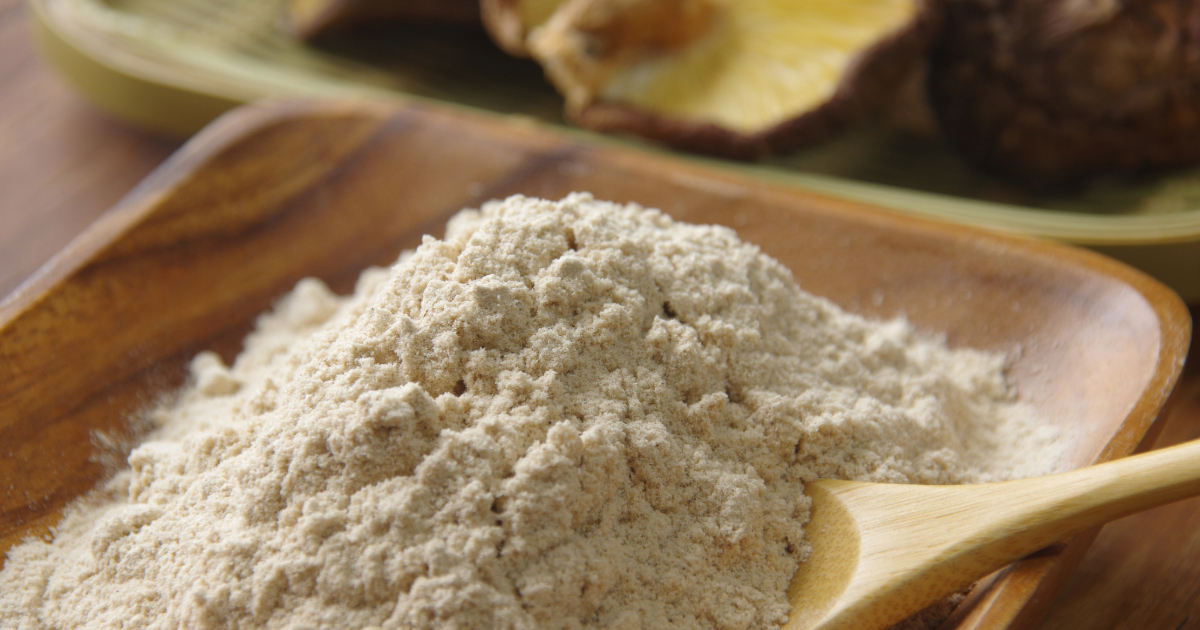Dashi powder, also known as Hondashi, is an incredible flavor enhancer that serves as the foundation for countless Japanese dishes. This fine, light-brown powder adds hearty umami depth with little effort.

If you want to boost the taste and simplify cooking, dashi powder is a must-have pantry staple. From soups to sauces, rice to roasted veggies, dashi elevates everyday ingredients.
What Is Dashi Powder?
Dashi powder contains dried bonito flakes, dried kelp, and seasoning to mimic traditional Japanese dashi stock. A single teaspoon stirred into hot water produces dashi broth packed with savory seafood essence.
Unlike boxed stocks that expire quickly after opening, dashi powder stores easily for months. This convenience allows home cooks to instantly infuse recipes without lengthy simmering or last-minute scrambles.
Think of dashi powder as Japanese bouillon with bonus versatility. The subtle yet impactful flavor plays well in an array of cuisines beyond Japanese fare.
Standard Ways to Use Dashi Powder
Let's start with the basics. Dashi builds umami depth in:
- Noodle broths: Instant ramen, udon, soba, somen
- Hot pot dipping sauces
- Simmered dishes like oyakodon or battered foods
- Salad dressings and marinades
- Steamed egg custards like chawanmushi
You'll also find dashi accenting fried rice, tempura batter, braised meats, and basically any savory Japanese preparation.
Recipes specify amounts, but general starting points are 1 teaspoon broth per cup of liquid or 1 teaspoon per person. Reduce or add more to suit individual tastes.
Key Takeaway: Dashi powder conveniently makes dashi broth to use in soups, noodle dishes, sauces, dressings, and more.
5 Creative Ways to Cook with Dashi Powder
Ready to move beyond the basics? Try these five inventive ideas to invite dashi's savory quality into everyday cooking:
1. Sprinkle on Popcorn
Buttery, salty popcorn becomes an addictive snack sprinkled sparingly with dashi powder. The subtle ocean essence plays perfectly against rich, toasty corn flavor.
Start with 1/4 teaspoon dashi powder per 6 cups freshly popped popcorn. Toss gently to distribute flavor evenly without crushing kernels. Taste and add more dashi as desired in small increments.
2. Boost Weeknight Omelets
Eggs star in fast, protein-packed meals like omelets and scrambles. Satisfying as they are, eggs tend towards flat flavor.
Turn boring omelets into craveable feasts with a dash of dashi powder. Simply add 1/4 to 1/2 teaspoon to beaten eggs before cooking.
Fold in favorite mix-ins like sautéed veg or cheese and enjoy heightened deliciousness minus extra effort.
3. Magnify Veggie Roasts
Take roasted potatoes, Brussels sprouts, cauliflower, and other veggies next level with dashi power.
When tossing vegetables with oil, salt, and pepper, include 1/2 teaspoon dashi powder per pound to intensify flavor. As they caramelize in the oven, dashi reacts with natural sugars to sweeten produce and encourage delicious browning.
4. Spin Everyday Salad Dressings
Vinaigrettes often rely on mustard, garlic, or cheese for oomph. Dashi powder brings its own party to wow worthy salad dressing.
After combining acid, oil, and herbs, whisk in 1/4 to 1/2 teaspoon dashi to elevate lettuces and vegetables. Splashes of soy sauce, mirin, and citrus juice highlight dashi for addictive Asian variations.
5. Take Tacos Over the Top
Next time the family clamors for Taco Tuesday, reach for the dashi powder. The subtle seafood note adds scrumptious depth that keeps folks reaching for more.
Stir 1/4 teaspoon into ground beef or turkey as crumbles simmer. For a double dashi punch, make pink pickled onions using dashi-spiked vinegar. Trust me, this super simple addition elicits serious swoons.
Tips for Cooking with Dashi Powder
Now that you're inspired to creatively cook with handy Hondashi, keep these pointers in mind:
- Dashi powder dissolves best in hot or warm liquid. Avoid clumping by stirring thoroughly as broth simmers.
- Start with modest amounts to suit individual taste preferences. It's easier to add more dashi than remove excess.
- Store jars or bags of dashi powder in a cool, dry place away from light. An airtight container keeps flavor vibrant for months.
- When cooking dashi broth, brief simmering suffices. Boiling dulls delicate flavor notes so keep the heat low.
- Monitor sodium levels when adding dashi to dishes with inherently salty ingredients like soy sauce or miso.
- Skip questionable tablespoons in favor of 1/4 teaspoon measures for precision seasoning.
Key Takeaway: Follow storage guidance and use small amounts of dashi powder when experimenting. Its impact belies the subtle flavors.
FAQs
Is all dashi powder the same?
While dashi powder formulas vary by brand, most contain very similar bonito and kombu components plus MSG. Price and individual flavor preferences steer decisions more than major ingredient differences.
That said, those avoiding MSG can seek out pricier options like Yamaki's organic dashi tea bags. Vegan dashi broth alternatives also exist using shiitake mushroom extract instead of fish.
What recipes use dashi powder?
In Japanese cooking, dashi builds the base for miso soup, dipping sauces, salad dressings, chawanmushi custard, noodle broths, and classic simmered dishes like oyakodon.
Its savory profile also enhances everything from scrambled eggs to roasted vegetables in a wide range of global cuisines. Basically, dashed powder punches up flavor anywhere you want umami richness.
Is dashi powder spicy?
On its own, dashi offers salty rather than spicy flavor. That said, certain brand formulas incorporate mild chili pepper extract for a touch of heat.
Always check ingredient lists since spice levels vary. Most dashi powders focus solely on savory seafood essences derived from bonito and kelp.
Conclusion
Umami-boosting dashi powder really does make cooking more craveable. This pantry multitasker builds rich flavor complexity into everyday dishes from multiple cuisines with zero fuss.
Dashi dissolves beautifully into soups, sauces, grains, meats, eggs, and produce. A tiny bit goes a long way thanks to the dried bonito, kelp, and seasoning concentrates.

